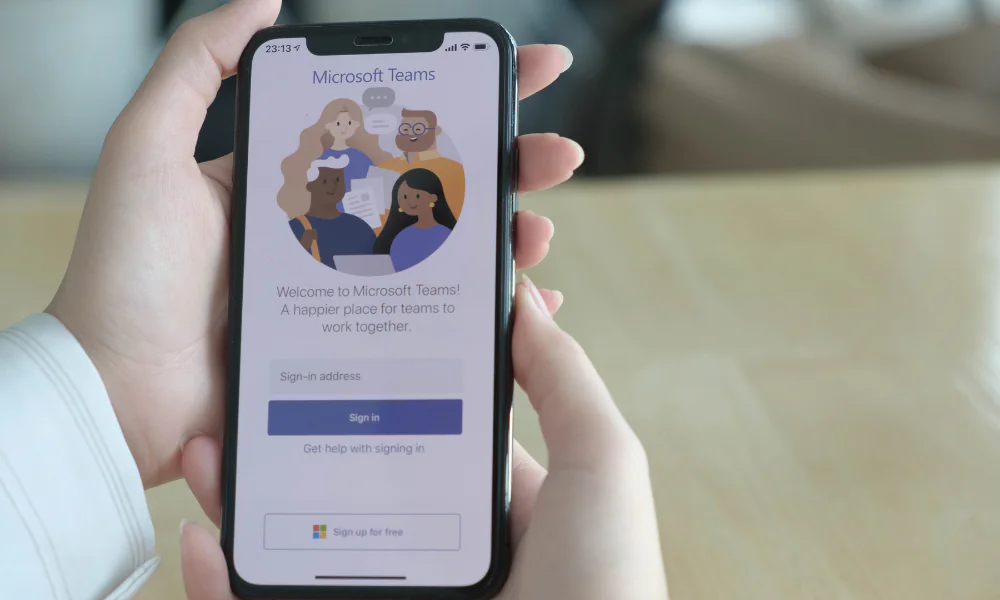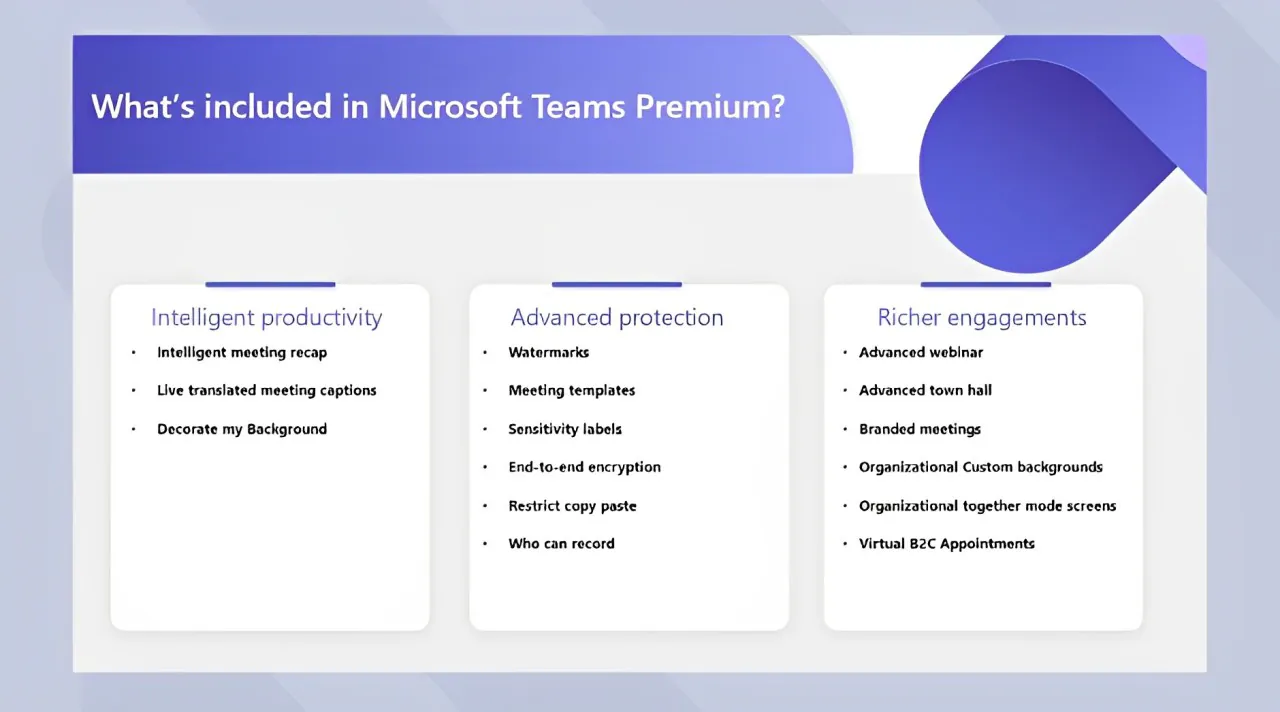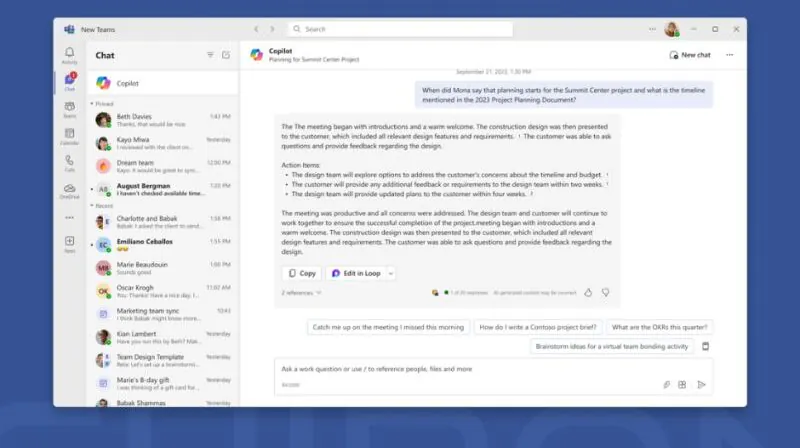
Web Design: 11 Features of a User-Friendly Website

The majority of businesses make the error of disregarding user-friendliness. The accessibility of a website is essential to its success. You can enhance the performance of your website and raise your chances of being successful by ensuring that it has good usability. It also has the potential to increase sales and income for your company, which is where Chiron’s services come into play.
For your website to be successful, it should have a decent appearance and give visitors a smooth experience.
Having high usability means making it simple for users to locate the information they want in a fast and uncomplicated manner.
There are many different ways to improve the usability of your website. This article looks at 11 essential qualities that you should include in a user-friendly website, all of which Chiron can help you with.
Mobile compatibility
Building a website optimized for mobile usage has become essential in light of the growing number of individuals who use the Internet on their mobile devices. The first thing you should do is examine how your current website looks when viewed on a mobile device. You may find this information by using the Google mobile site tester. You can also construct a mobile version of your website for free with the assistance of web-based mobile website builders.Accessibility
A website that is easy to use should also be accessible to all users, regardless of whether they are blind, disabled, or elderly. These people often access the Internet with the use of screen-reader software. The 508 website accessibility guidelines highlight simple web design techniques that can be applied to ensure that on-screen readers can easily access your website, thereby making your website available to a larger audience.Organized information architecture
The way the content is organized and presented on your site is vital. You should plan out your website's sections and categories and deliver the content to make it simple for people to locate. Always consider things from the people's point of view when using your product.Simple to browse content
The typical Internet user does not read every word from the top of a web page down to the bottom. Instead, they skim over the material and find the information they need. It is essential to structure your material while keeping this in mind. The proper utilization of headings, subheadings, paragraphs, bullets, and lists are effective ways to break up information and simplify it for readers to skim.Fast loading time
A website that takes a long time to load is one of the most frustrating things that visitors to a website may experience. The fact that a website loads slowly is, in fact, one of the primary reasons why users navigate away from a given page. It is critical to the usability of your website that it loads at a time frame of between four and six seconds. It also affects where you rank in search engines. One of the most prevalent things that might slow down a website is a third-party website's plugins and widgets, including website monitoring and social networking. So make an effort to cut back on their use, and stick to employing them just when required. Over the past few years, customers' expectations have undergone considerable shifts. A typical consumer will only wait for your page to load for a few seconds before moving to a competitor's website.Consistency across browsers
Even though current browsers have improved in both functionality and usability, there are still significant differences between how various browsers read the same page. Therefore, it is essential to test your website using a variety of popular web browsers to verify that it displays and operates in the same manner across all of them.Simple navigation
One of the most significant components of a website's usability is its navigation, which should be done well. The majority of the time, the most straightforward HTML or JavaScript menus are the ones that operate the best and seem the same across all browsers and platforms. The navigation system must be clear of any unnecessary distractions. If feasible, you should try to cut down on the number of items on the menu. For example, a drop-down menu or sub-navigation could function more effectively on a massive website with many different parts and pages.Effective error management
A user interface with solid usability, error management, and on-screen message descriptions needs to be done exceptionally well. However, it is often overlooked. The website's resiliency and absence of bugs depend on the developer's ability to handle faults in the code correctly. The user experience and general usability are improved when the appropriate error message is displayed.Clean coding and markup
A website built following the most current best practices and standards for website design is often more trustworthy and sturdy. In addition to this, it assures that the website will load more quickly and maintain its appearance across all browsers and devices. It also makes it simpler to localize issues and troubleshoot them if required.A contrasting color scheme
The appropriate contrast between the website's backdrop and the text is one of the web design elements that are both fundamental and significant and should never be disregarded. Your material will be more readable and straightforward to read if there is a good contrast between the backdrop and the text.Usable forms
Forms are a significant component of websites owned by businesses. They make it possible for visitors to engage in conversation with the website. The use of forms is another effective method for generating leads for a company. It is essential to ensure that the forms on your website are user-friendly and readily available to all visitors to get the most out of your online presence. If creating a user-friendly website sounds too intimidating to do by yourself, don’t worry as Chiron is here to help with your web development and other IT needs. Get in touch today here.
Next post: Does Sharepoint Require Coding?






